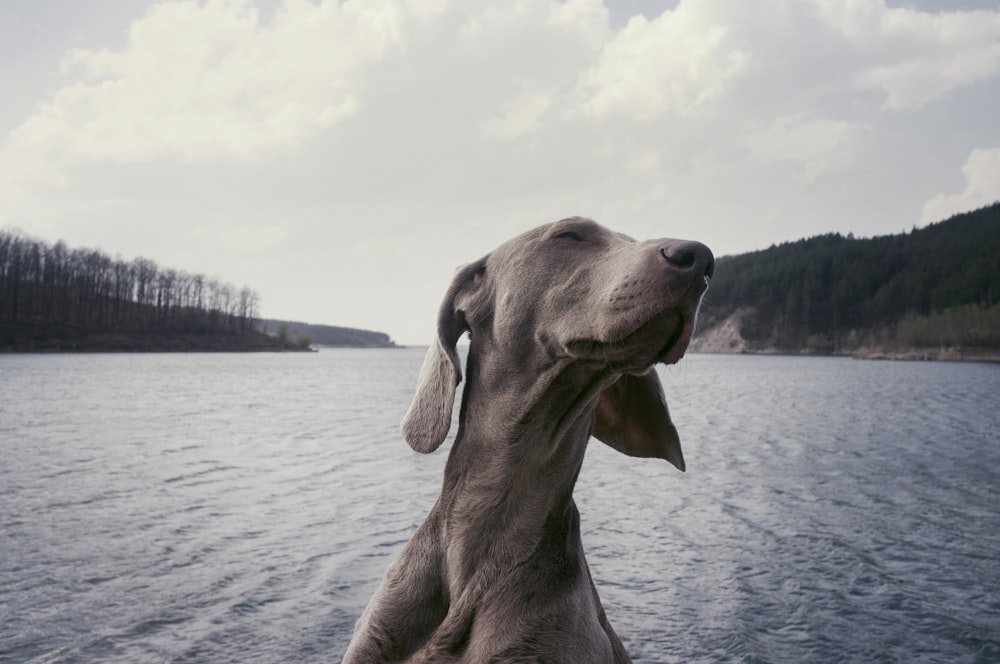Introduction
As Halloween approaches, many pet owners are gearing up for a night of spooky fun. However, amidst the excitement, it’s crucial not to forget about the safety and well-being of our furry friends. Halloween can pose various risks to pets, from hazardous decorations to potentially harmful treats. In this article, we’ll discuss essential tips for ensuring your pet’s safety on Halloween night, so you can both enjoy the festivities without any frights.
Costume Considerations
While dressing up pets in costumes can be adorable, it’s essential to choose costumes that are comfortable and safe for them to wear. Avoid costumes with small or dangling parts that could be chewed off and ingested, posing a choking hazard. Ensure that the costume fits properly and doesn’t restrict your pet’s movement or ability to breathe, bark, or meow. Introduce your pet to the costume gradually, and monitor them closely to ensure they’re not distressed or uncomfortable while wearing it.
Keep Candy Out of Reach
Halloween candy and treats can be irresistible to pets, but many of them are toxic and potentially life-threatening if ingested. Keep all candy, chocolate, and other treats out of your pet’s reach, and make sure children know not to share their candy with them. Be especially vigilant about candy wrappers, which can pose a choking hazard or cause intestinal blockages if swallowed. If you suspect your pet has ingested candy or treats, contact your veterinarian or an emergency veterinary clinic immediately for advice.
Decorate with Care
Halloween decorations can add to the festive atmosphere, but they can also pose hazards to pets if not used carefully. Keep decorations such as candles, lit pumpkins, and string lights out of your pet’s reach to prevent burns, fires, or electrical shocks. Be mindful of decorations with small parts or strings that could be chewed on and ingested, leading to choking or intestinal blockages. If you’re using fake cobwebs or other decorations that could be tempting for pets to play with, consider placing them in areas where your pet can’t access them.
Provide a Safe Space
Halloween can be a stressful time for pets, with strangers coming to the door, loud noises from trick-or-treaters, and unfamiliar sights and sounds. Create a safe and quiet space for your pet indoors where they can retreat to if they become overwhelmed or anxious. Make sure they have access to their favorite toys, bedding, and water bowl, and consider playing calming music or white noise to help drown out the sound of Halloween festivities outside.
Secure Your Pet
With doors opening and closing frequently as trick-or-treaters come and go, there’s a risk that your pet could escape and become lost. Ensure that your pet is wearing proper identification, such as a collar with ID tags and a microchip with up-to-date contact information. Keep doors and gates securely closed and consider using a baby gate or pet gate to prevent your pet from bolting out the door when it’s opened.
Supervise Outdoor Time
If you plan to take your pet outside during Halloween festivities, keep a close eye on them and ensure they’re on a leash or harness at all times. Be mindful of potential hazards such as lit pumpkins, candles, and decorations that could pose risks to your pet’s safety. Avoid areas with loud noises or large crowds that could frighten or overwhelm your pet, and be prepared to return indoors if they show signs of distress or discomfort.
Monitor Behavior
Throughout Halloween night, keep an eye on your pet’s behavior for any signs of stress, anxiety, or illness. Common signs of distress in pets include panting, pacing, trembling, hiding, vocalizing, and changes in appetite or behavior. If you notice any of these signs, try to provide comfort and reassurance to your pet and consider moving them to their safe space indoors. If your pet’s symptoms persist or worsen, contact your veterinarian for guidance.
Avoid Glow Sticks and Decorations
Glow sticks and other glow-in-the-dark decorations may seem harmless, but they contain chemicals that can be toxic if ingested by pets. Keep glow sticks, glow jewelry, and other glow-in-the-dark decorations out of your pet’s reach, and be vigilant about picking up any pieces that may have been dropped or broken. If your pet comes into contact with glow stick liquid, wash the affected area with mild soap and water and monitor them for any signs of illness.
Be Mindful of Noise
Loud noises from fireworks, parties, and other Halloween festivities can be frightening for pets, especially those with noise sensitivities or anxiety. Keep your pet indoors during peak noise times, and consider using noise-canceling headphones or earplugs for pets to help muffle the sound. If your pet becomes stressed or anxious, provide comfort and reassurance and consider using calming supplements or medications under the guidance of your veterinarian.
Conclusion
With a little planning and preparation, you can ensure that Halloween is a safe and enjoyable time for your pet. By following these essential tips for Halloween pet safety, you can minimize the risks and help your furry friend have a spook-tacular night. Read more about halloween pet tips




